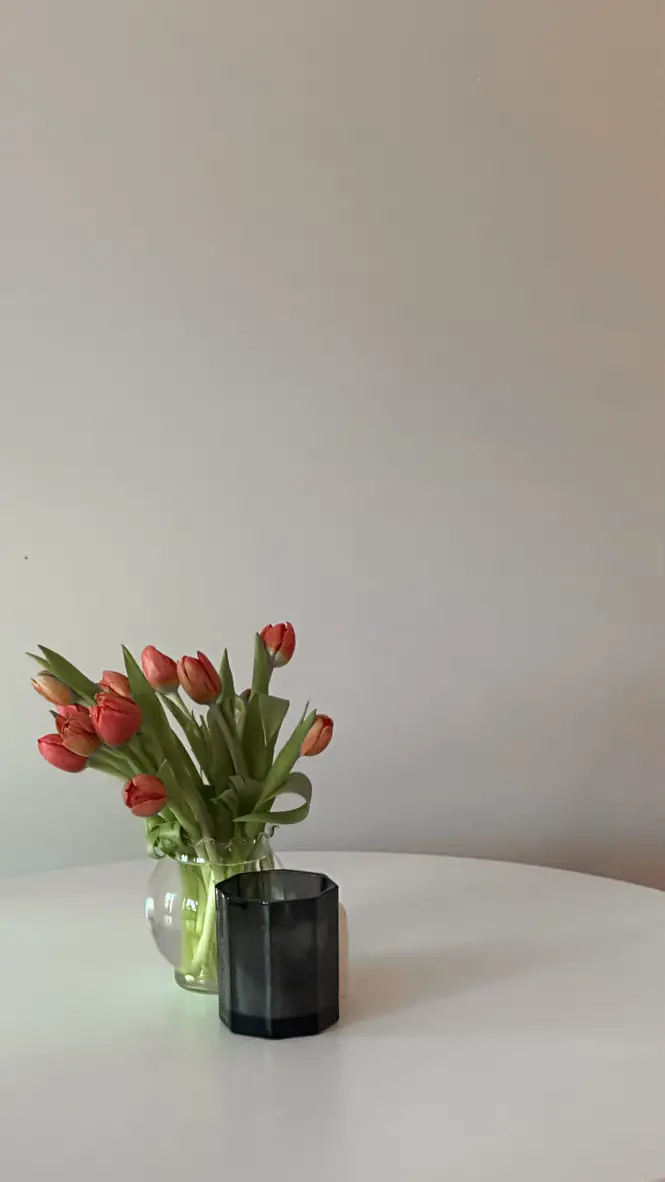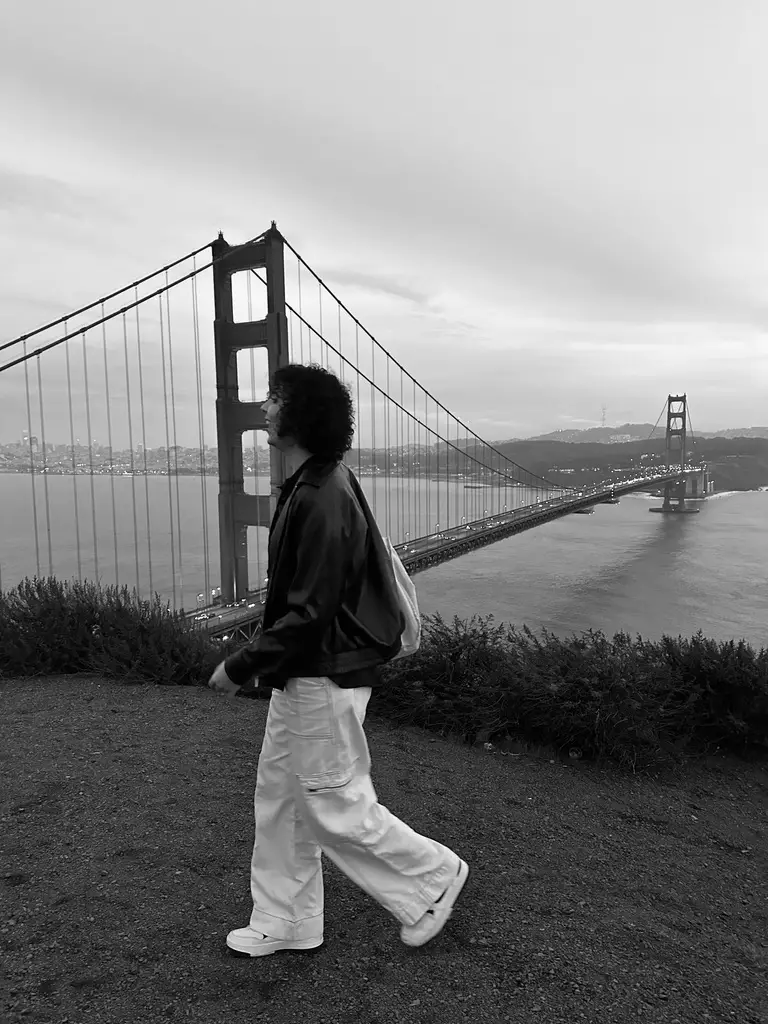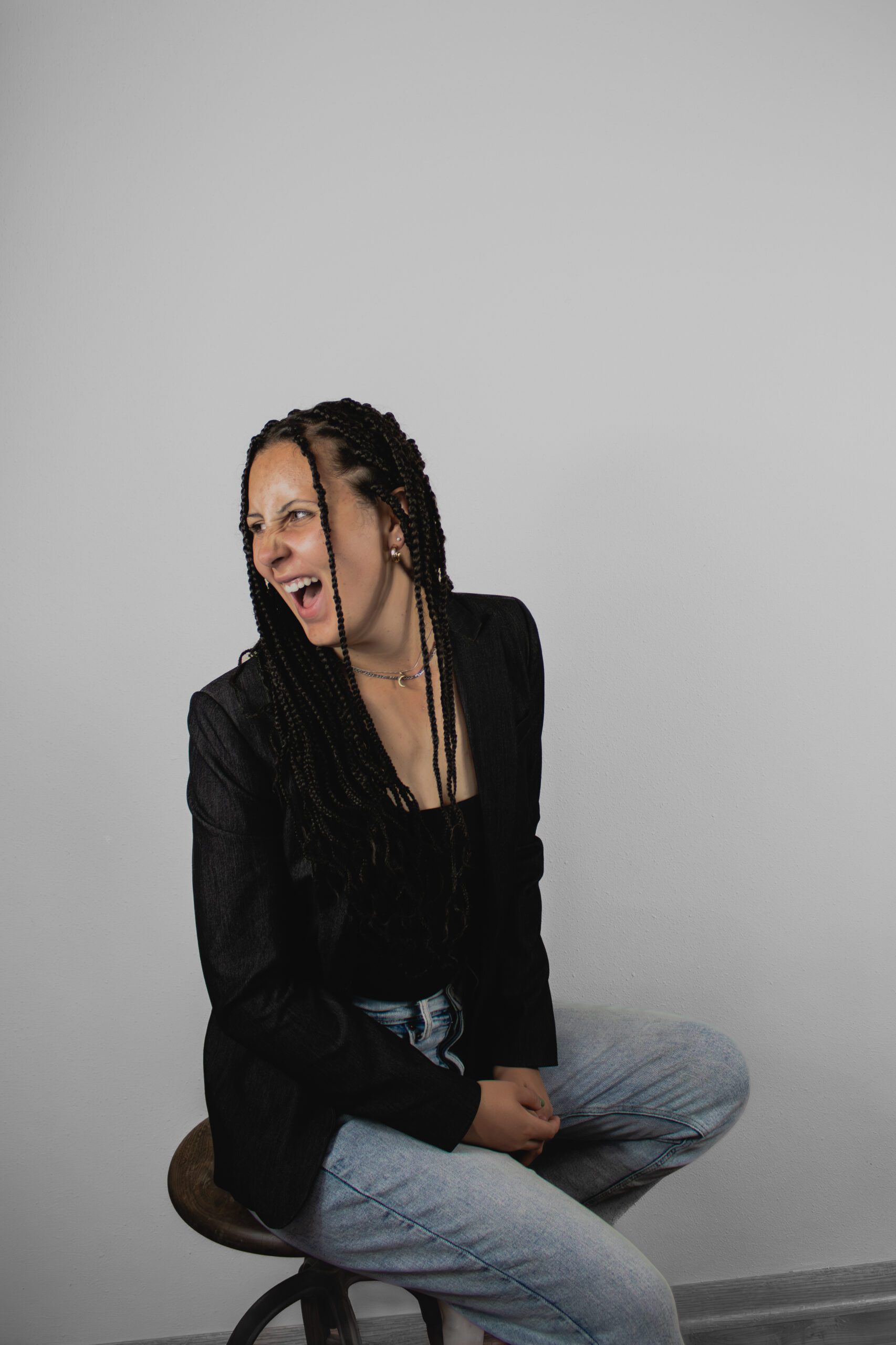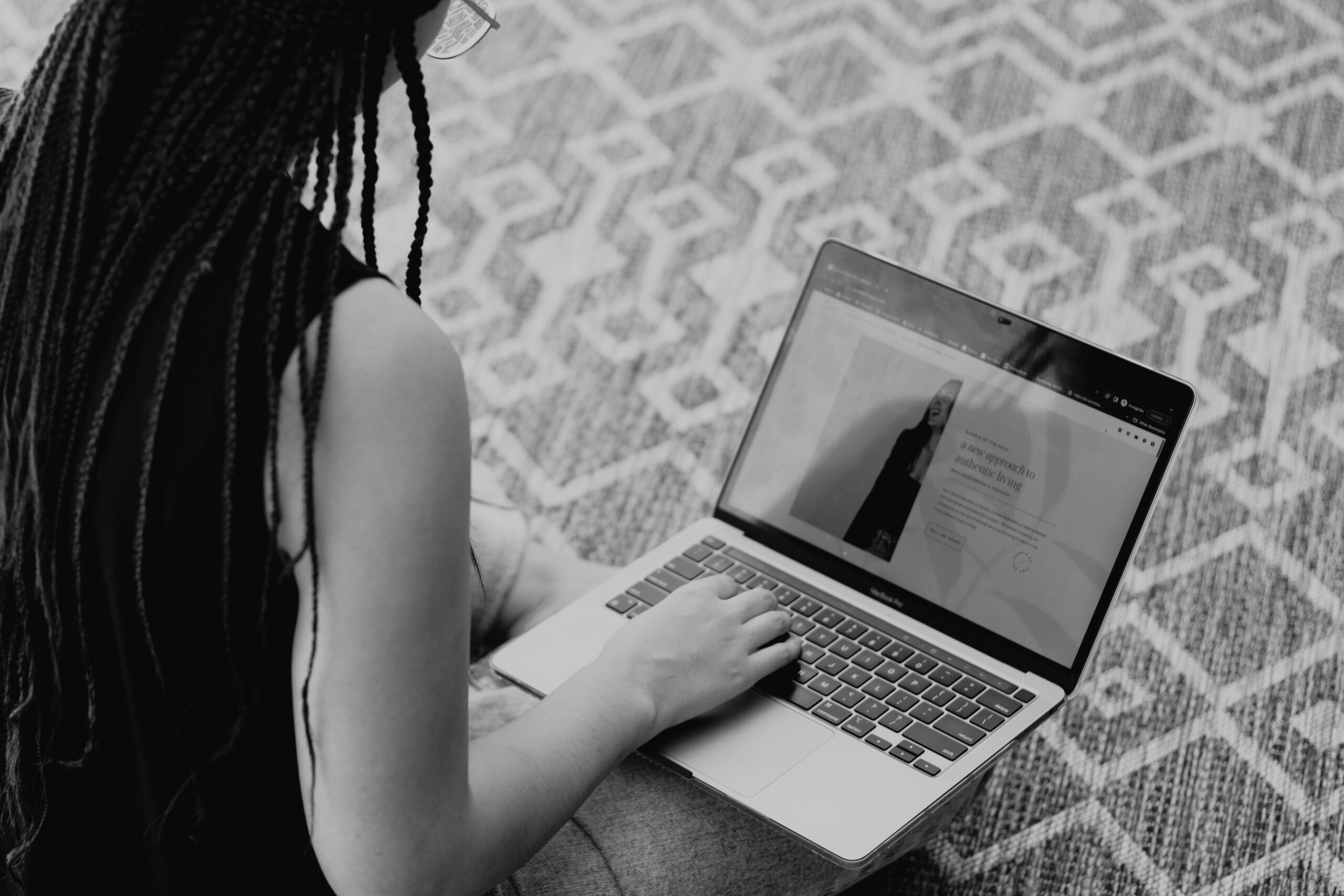When I was beginning to learn photography, I was perplexed. There were so many buttons on my camera, all to settings I had no idea how to use, much less what they meant. ISO? Aperature? and what’s that weird fraction on my screen? I needed a guide on photography for beginners, but it was difficult to find. I spent hours online trying to understand, but people often just assumed I’d know what these things already meant.
DSLR cameras can be pretty daunting, but once you learn what all the numbers mean, they’re actually quite easy to use! So I’m sharing my tips and tricks to understanding your DSLR camera so you can start taking amazing photos. Read ahead to learn more & access my FREE photography cheatsheet!
Beginners Guide to Photography
Aperture
Aperture refers to how open or closed a camera lens is. One of the best ways I heard it explained when I was first beginning my photography was that it’s similar to your pupil. When it’s dark, your pupil gets bigger, and when it’s bright outside, it gets smaller. This is the same for your DSLR, except you have to guide it instead.
On your camera, the aperture will most likely be shown by a number with a decimal point (i.e. 5.6). The larger this number is, the smaller the aperture will be. It’s the opposite of what you would think, which messed me up a lot when I was first learning manual mode on my camera. Instead, sometimes I think of it in terms of brightness instead of how wide it is. When the light conditions you are in are brighter, you increase the aperture. Likewise, when it’s darker, you decrease the aperture number. Make a bit more sense?
Here are some examples in case you’re still having trouble:
- Let’s say I am outside on a bright sunny day. In this case, I would increase the number of the aperture. In reality, this would close the camera lens so not as much light was let in.
- On the other hand, if I am taking photos of the night sky, I would decrease the aperture number because it is so dark outside. In reality, this would widen the aperture and allow more light in.
Shutter Speed
Next is shutter speed. If you’re anything like me, you’ve probably heard of this more than aperture. It takes a bit of time to understand, but I will guide you through it!
Shutter speed is exactly what it sounds like, the speed at which your camera will take a photo. The faster the camera takes the photo, the better the camera can catch a quick movement. The downside to this though is that if the shutter speed is faster, it will also have less time to take in light, making the photos a bit darker.
Shutter speed is usually symbolized by a fraction (i.e. 1/250). For shutter speed, the numerator of the fraction will always be a 1- easy, right? The denominator, though, will change. So, the smaller fraction is (or the larger the denominator is), the faster the camera will take the photo. The other way around, the smaller the fraction is, the slower the photo will be taken.
So, if you’re taking a photo of a dog running, you will want the shutter speed to be really fast so you can ‘freeze’ the moment in time. In this case, I would put the shutter speed at a number around 1/400 (depending on how fast the dog is running). With this though, you’ll want to make sure your other settings are adjusted so that the photo won’t be too dark. Now, if I was taking a photo of a still moment, I would put the shutter speed slower so that more light is taken in since I don’t need to capture a quick movement. In this case, I would probably put the shutter speed around 1/200.
ISO
This one is nice and easy, so you won’t have to worry much. The ISO of a DSLR is the internal light of the camera. This would be similar to if you turned up the brightness on a photo you took with your phone. Often, shutter speed and aperture aren’t quite enough to achieve a bright photo in lower lighting, so you’ll need to adjust the ISO.
The ISO is symbolized by a number 100+. To make the photo brighter, you increase the number. I suggest trying to keep the ISO between 100 and 400 when taking a photo, especially on beginner’s cameras. When the ISO is too high, it will often produce a grainy photo, which we obviously don’t want.
This was a lot of information to take in, though, and you’ll want to save it to look back on later, so I made a FREE cheatsheet with the information from this post!
There you have it, my guide on photography for beginners! Want to see more? Visit my portfolio here!








